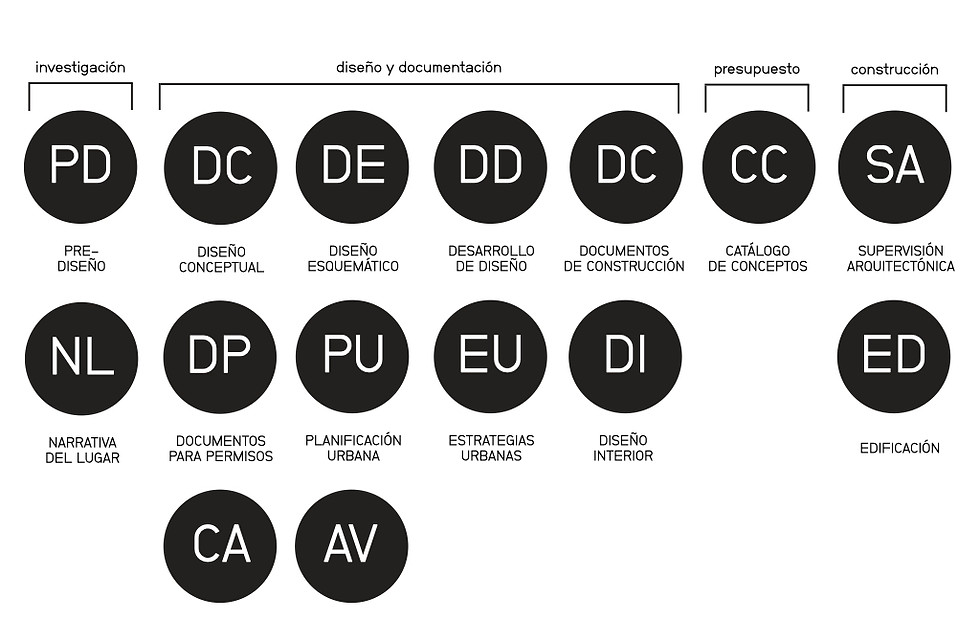PRACTICE
21st century architecture must transcend the simple act of building, becoming a powerful tool to strengthen the social, economic and environmental fabric of the communities in which it is inserted. This approach breaks with the traditional extractive model, proposing instead an economy of sustainability that seeks to restore deteriorated natural, social and economic ecosystems.
In today's field, regenerative architecture stands out for its ability to not only meet market demands, but also generate lasting and positive benefits for communities. Each building should be conceived as an infrastructure that facilitates the growth of various interdependent factors, integrating sustainable practices that respect and enrich the ecosystem and promote human well-being.
Respect for and integration with the environment are central principles in regenerative design. Each project should seek harmonious interaction with the natural environment through the use of native vegetation, energy-efficient systems, and construction practices that minimize environmental impact. This means that buildings do not simply occupy a space, but actively act in its transformation and revitalization, thus contributing to ecological balance.
Regenerative architecture also focuses on the well-being and personal growth of those who inhabit the spaces. This approach prioritizes the creation of environments that promote creativity, learning, and health, responding to the needs of users and facilitating meaningful interactions. Thus, buildings are not only functional spaces, but they foster social bonds that create a sense of belonging and strengthen the community fabric.
The integration of common spaces is fundamental in regenerative architecture, as it encourages coexistence and collaboration between inhabitants and the urban environment. These spaces of interaction not only respond to functional needs, but also generate a constant dialogue between architecture and its context, creating connections that strengthen social cohesion and enrich quality of life.
One of the goals of regenerative architecture is to achieve a synergy between economic profitability and social and environmental impact. Architectural projects should not only be profitable investments, but should strengthen the local economy by creating jobs, attracting capital and increasing real estate values. This approach demonstrates that financial interests can and should be aligned with social and environmental benefits, contributing to a circular and sustainable economy.
Every regenerative project requires a commitment to quality and efficiency from the selection of materials to the implementation of appropriate technology. This approach optimizes resources and minimizes environmental impact, working in collaboration with experts and clients to develop solutions that respond to the specific needs of the project and its context. Construction is not an end in itself, but a tool to maximize the value and durability of buildings.
Regenerative architecture rethinks the relationship between built space and its social and natural surroundings, addressing the challenges of contemporary society and proposing a better future. Through a process of exhaustive research and specific diagnosis, each project becomes a tangible manifestation of how we want to inhabit the world. In this sense, architecture not only generates habitable spaces, but represents a manifesto of how buildings can be agents of change and regeneration at all levels of human life and the environment.
This approach invites us to rethink the way our cities are designed and built, promoting an architecture that not only responds to current demands, but also looks to the future with a regenerative vision, integrating the community and the environment in a continuous process of adaptation and shared growth.
Services include:

